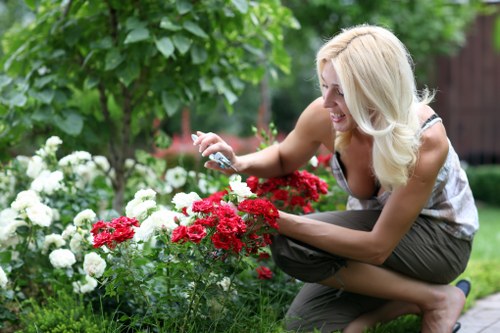Gardeners Poplar: A Comprehensive Guide to Cultivating and Caring

Gardeners Poplar trees are a popular choice among horticulturists and landscape enthusiasts due to their rapid growth and elegant appearance. These versatile trees can thrive in various climates, making them a favorite for both residential and commercial gardens. Understanding the unique characteristics and care requirements of Gardeners Poplar is essential for ensuring their health and longevity.
One of the standout features of Gardeners Poplar is their fast growth rate. This trait makes them ideal for creating quick privacy screens or adding vertical interest to a garden space. Additionally, their vibrant foliage provides seasonal color, which can enhance the overall aesthetic of any landscape design.
When selecting a Gardeners Poplar, it's crucial to consider the specific variety that best suits your environmental conditions. Some varieties are more tolerant of drought, while others may require more consistent moisture levels. Proper selection based on your local climate will significantly impact the success of your planting efforts.

Soil requirements play a pivotal role in the healthy growth of Gardeners Poplar. These trees prefer well-draining soil with a slightly acidic to neutral pH. Incorporating organic matter into the soil can improve its structure and fertility, providing the necessary nutrients for robust growth.
Regular watering is essential, especially during the first few years after planting. While Gardeners Poplar are relatively drought-tolerant once established, consistent moisture helps prevent stress and promotes strong root development. It's recommended to water deeply to encourage roots to grow deeper into the soil.
Mulching around the base of the tree can help retain soil moisture, regulate temperature, and suppress weed growth. Organic mulches, such as bark or compost, are ideal as they gradually break down and enrich the soil.

Pest and disease management is another critical aspect of caring for Gardeners Poplar. While generally resilient, these trees can be susceptible to certain pests like aphids, caterpillars, and borers. Regular monitoring and early detection are key to managing infestations effectively.
Implementing integrated pest management (IPM) strategies can help minimize the impact of pests. This approach may include introducing natural predators, using organic pesticides, and maintaining overall tree health to reduce susceptibility.
Diseases such as poplar rust and cankers can affect Gardeners Poplar. Ensuring proper spacing for air circulation, pruning infected branches, and maintaining overall tree vigor are essential practices to prevent and control disease outbreaks.

Pruning and maintenance of Gardeners Poplar should be conducted during the dormant season to minimize stress and reduce the risk of disease transmission. Regular pruning helps maintain the desired shape, remove dead or diseased branches, and promote healthy growth.
It's important to use clean, sharp tools when pruning to make precise cuts that heal quickly. Avoid over-pruning, as this can lead to weak branch structures and increased vulnerability to pests and diseases.
Additionally, staking young trees can provide necessary support as they establish their root systems. Proper staking techniques ensure that the tree grows straight and reduces the likelihood of wind damage.

Environmental benefits of Gardeners Poplar extend beyond their aesthetic appeal. These trees play a significant role in carbon sequestration, absorbing carbon dioxide from the atmosphere and helping mitigate climate change. Their expansive canopy also provides shade, reducing urban heat island effects and creating a more comfortable environment.
Moreover, Gardeners Poplar supports local biodiversity by providing habitat and food sources for various bird and insect species. Planting these trees contributes to the ecological balance and enhances the overall health of the ecosystem.
Incorporating Gardeners Poplar into your landscape design not only adds beauty but also delivers substantial environmental benefits, making them a sustainable and valuable addition to any garden.



